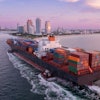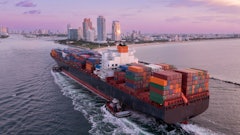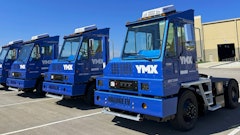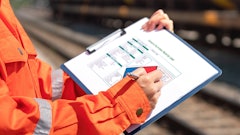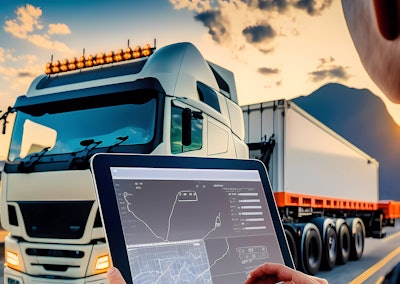
While 87% of terminal operators believe they provide adequate to very good visibility to their customers, only 25% of shippers feel they actually receive good or very good visibility from terminals, according to a report released by Kaleris.
“Visibility platforms alone are not sufficient to resolve the challenges facing today’s supply chains,” says Rene Alvarenga, senior director of product management, execution and visibility at Kaleris. “While they can provide a foundation for understanding operations, a resilient and agile supply chain requires stakeholders to use platforms designed to work seamlessly together to provide enhanced visibility to support better execution. By shedding light on this, we aim to bridge the understanding between marine terminals and shippers, identifying ideas to bring the two sides closer.”
Key takeaways:
- The research identifies a significant visibility gap, with 61% of shippers reporting they do not receive automated alerts for key events such as arrivals, unloading, or customs clearance.
- The survey shows that both terminals and shippers use only 60-75% of the available functionality of their execution systems. This underutilization is linked to business loss, as 40% of participants reported losing business due to inadequate use of technology.
- The report underscores a debate about who owns the data, with 59% of respondents believing that both terminals and customers share data ownership, 24% believing that terminals own the data and 17% believing it lives in the public domain. Survey respondents posited that this lack of clarity on data ownership may complicate data integration due to concerns about what information can or should be shared.
“Interoperability and prioritizing the full utilization of existing technologies can move the industry towards a more connected and resilient digital ecosystem, “says Alvarenga. “Through a focus on technology adoption and practical strategies for collaboration, we can achieve a future where cargo and operational visibility are not just an aspiration but an industry standard driven by better execution.”


